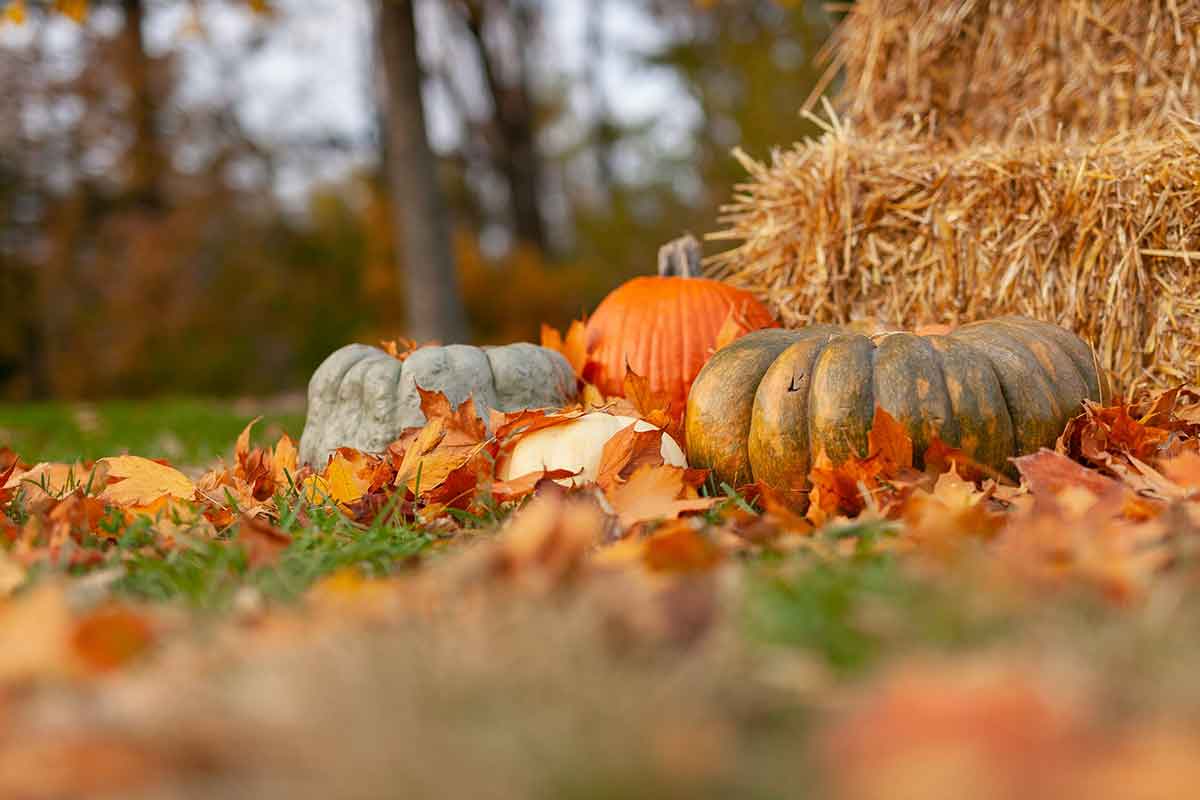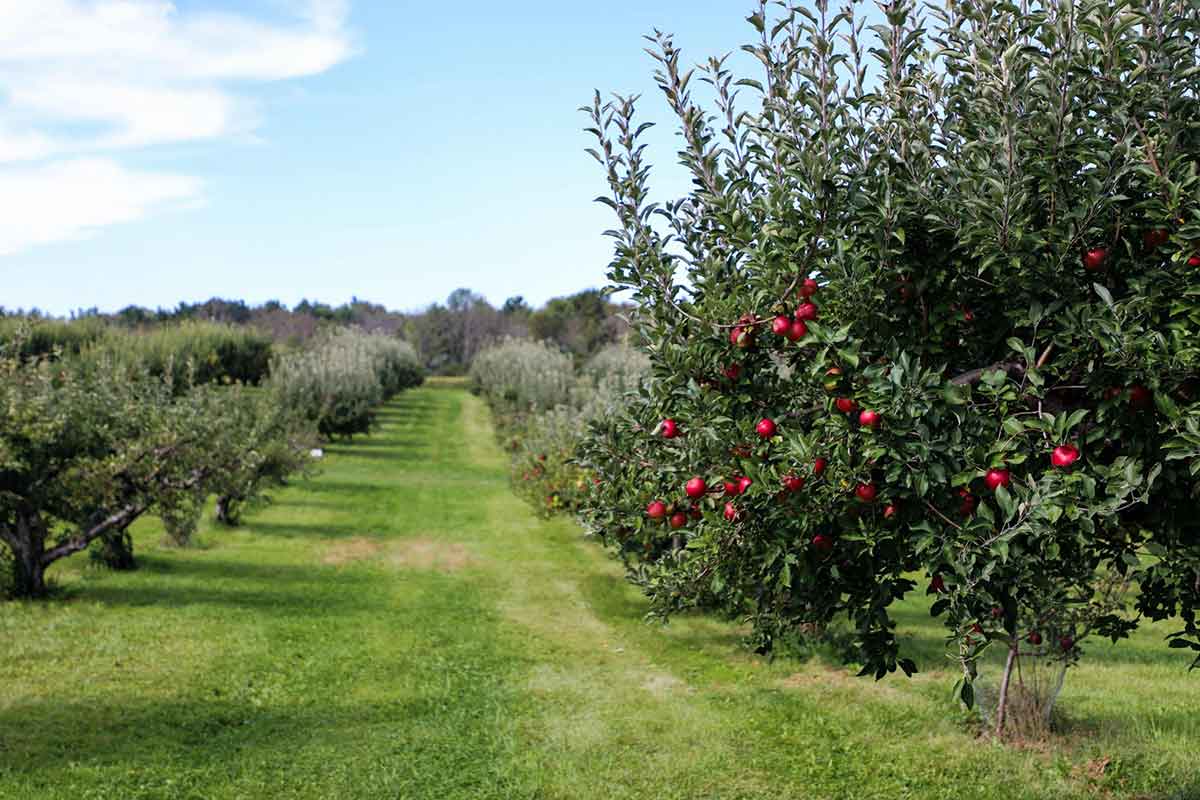The weather is getting colder and wetter, but there is still plenty to do. It’s time to bring this year’s calves in for the winter and for the beginning of a new round of lambs. With the harvest brought in, the arable fields are in need of cultivating ready for next year. This is an important season to plan and prepare your stock for next year!
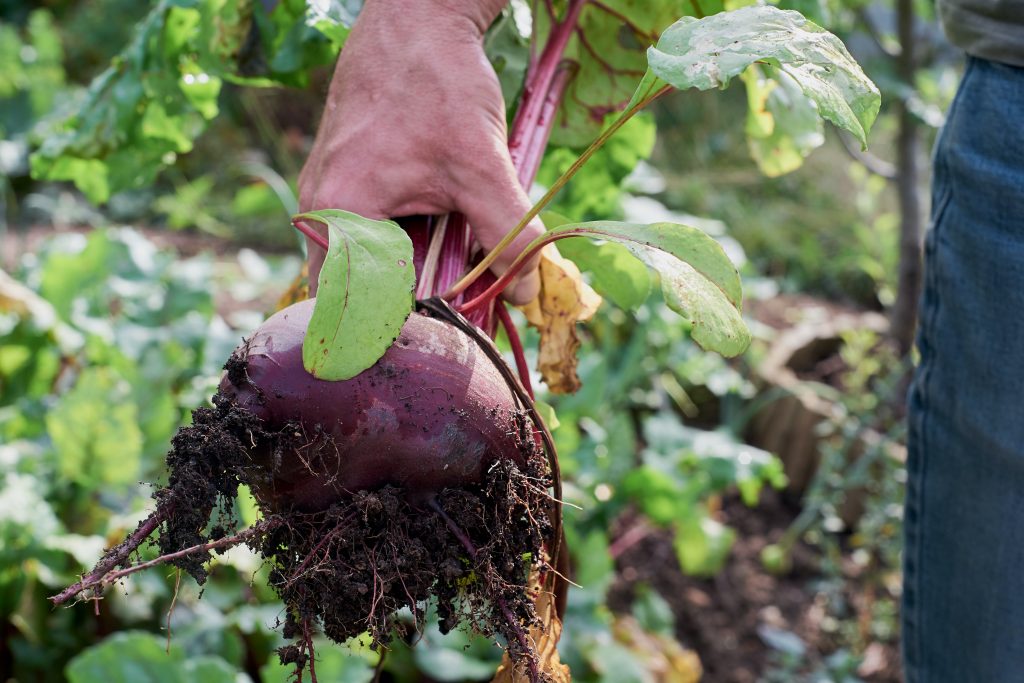
Plants
- Trees and Shrubs: begin planting deciduous trees and shrubs, avoiding frosty or wet conditions. Take hardwood cuttings starting in the middle of the month.
- Roses: plant towards the end of the month. Take cutting from some varieties.
- Fruit: take hardwood cuttings of red, white and black currants and gooseberries. Begin planting trees and bushes. Pick autumn-fruiting strawberries.
- Vegetables: plant out spring cabbages in the south. Plant winter and spring lettuces. Lift beetroot and store.
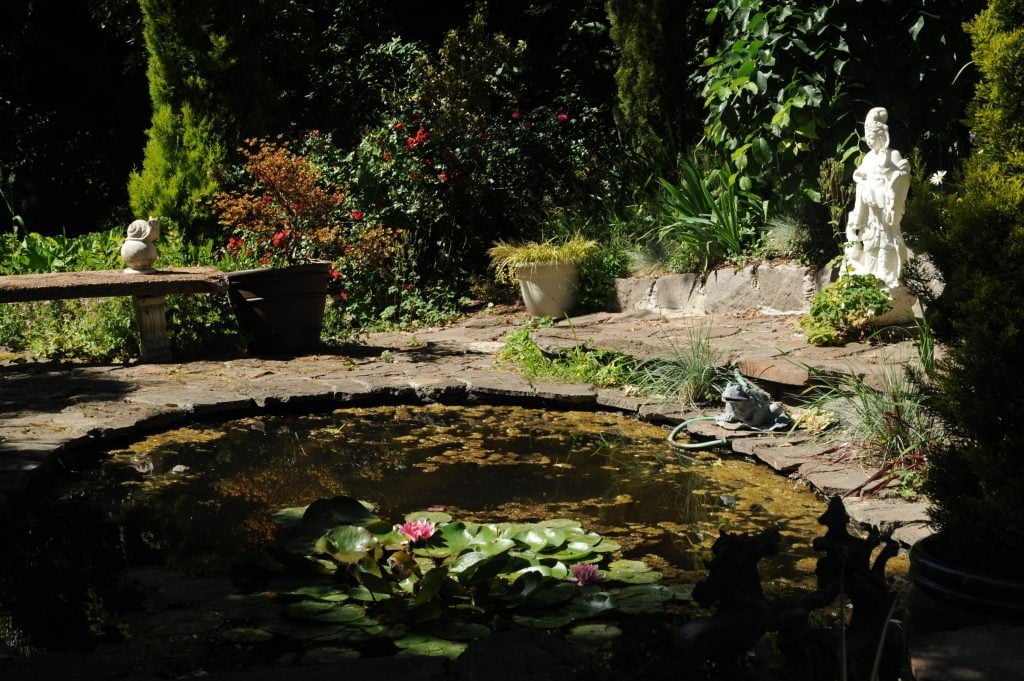
Lawn/Groundcare
- Paddocks:
- Remove thatch from fields with a 3 Way Chain Harrow on its most aggressive setting- both the William Hackett Drag Harrow and Framed Harrow will work a treat.
- Keep the grass in check with medium to high blades using a Winton or Fleming Topper Mower, or an FTS or Winton Flail Mower for mulched cuttings.
- Aerate any areas which aren’t draining with the Fleming Aerator.
- Lawns:
- Lay new turf.
- Mow with the blades set at an increased height, perhaps using the Winton or Agrint Finishing Mower.
- Aerate poorly drained lawns with a hollow tined fork.
- Gardens: dress flower borders with bone meal. Spread a net over ponds to catch falling leaves that may kill fish if they rot.
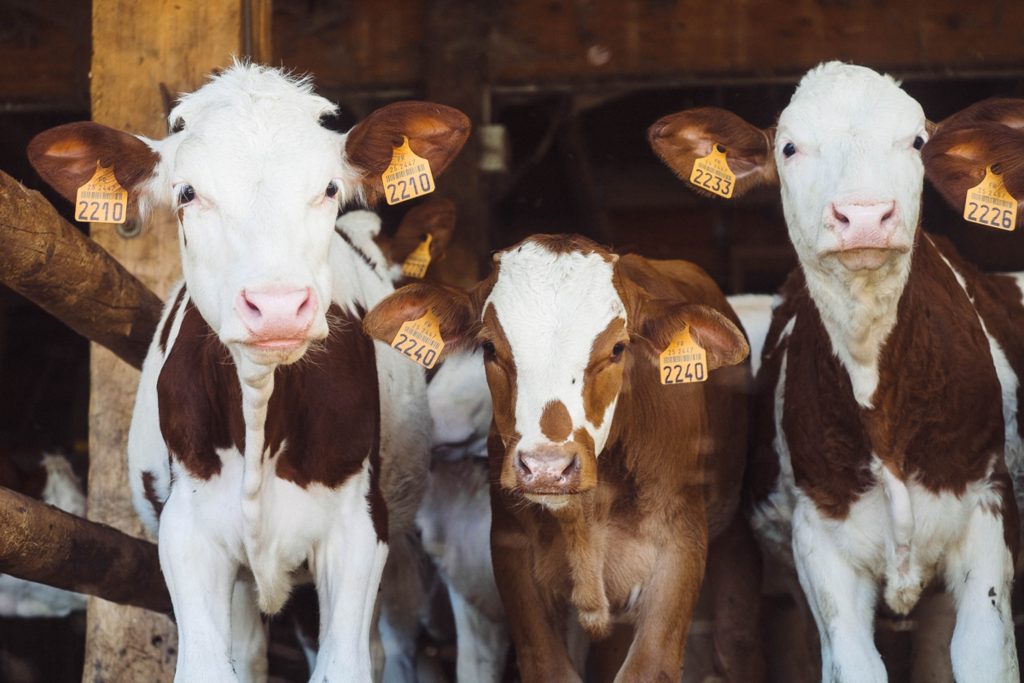
Farm Animal Care
- Sheep: dip ewes against infection and clip wool around the tail, ready for tupping.
- Cattle: wean calves and house feeding cattle and calves.
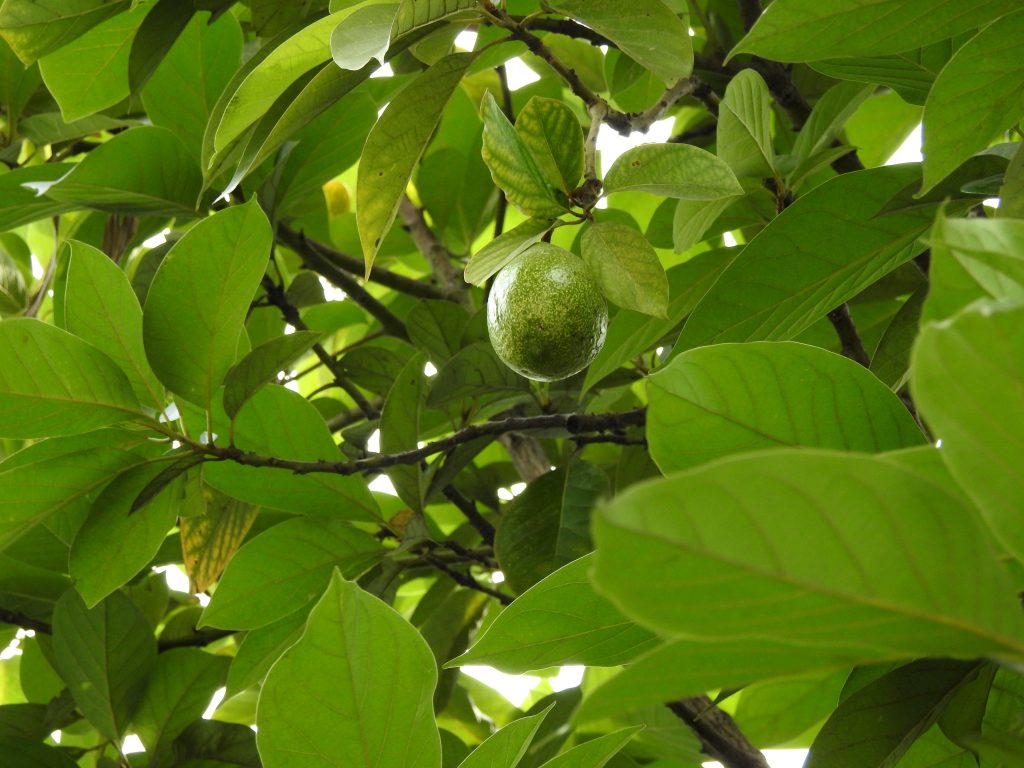
Foraging
- Fruits:
- Bullace (Wild plum) or damsons: ideal for crumbles, preserves, fruit wine and liqueurs.
- Nuts:
- Walnuts: not native but plenty to be found in parks and storable for around one year when dried.

